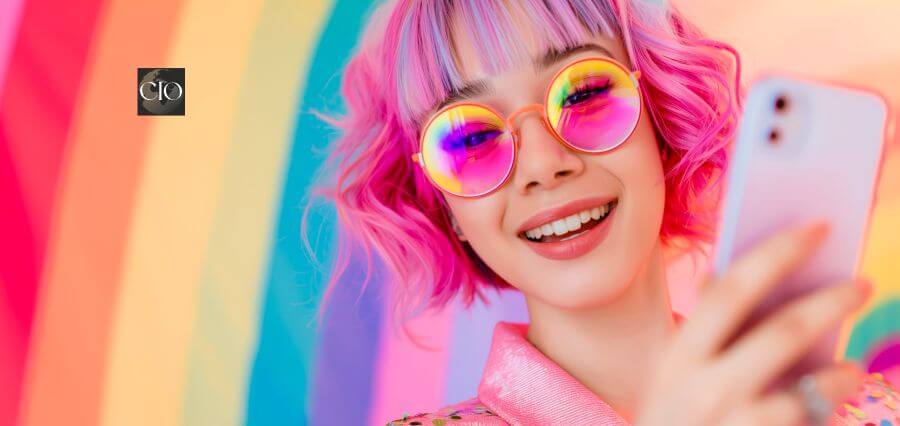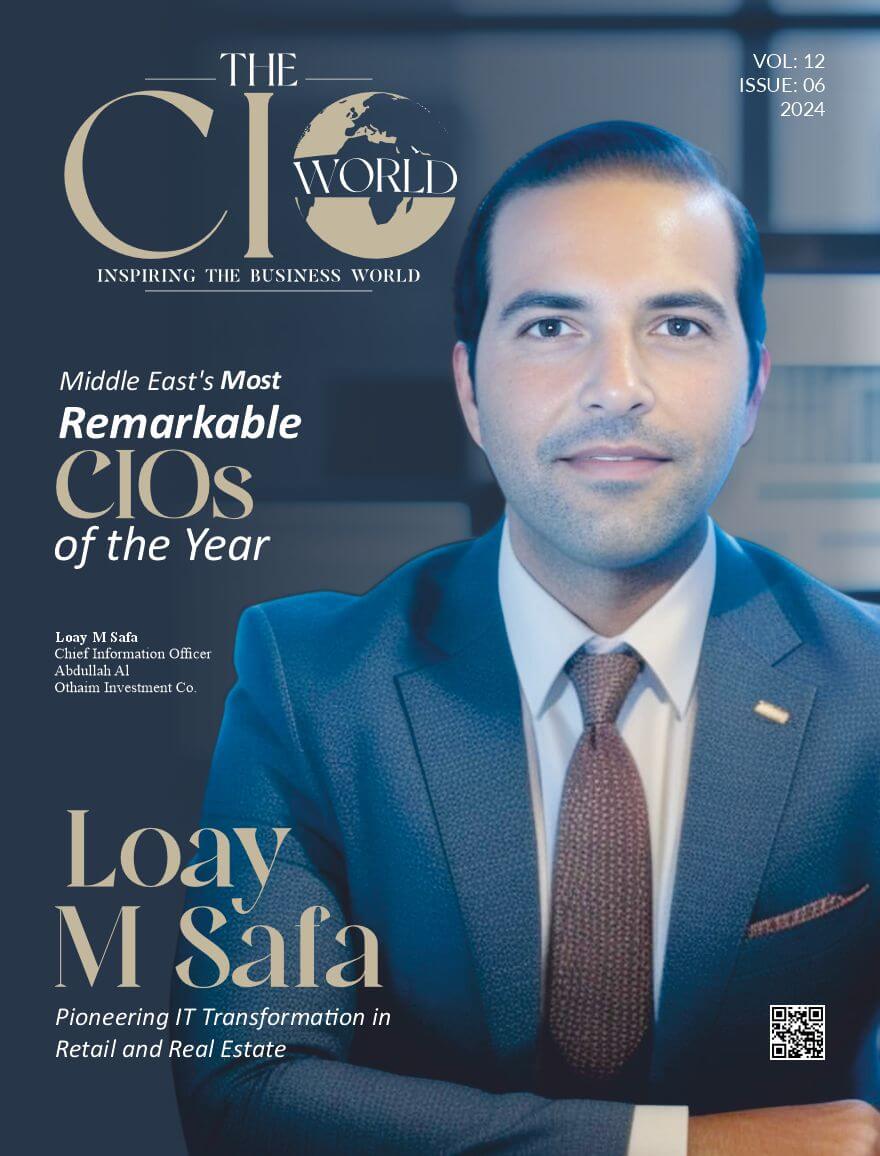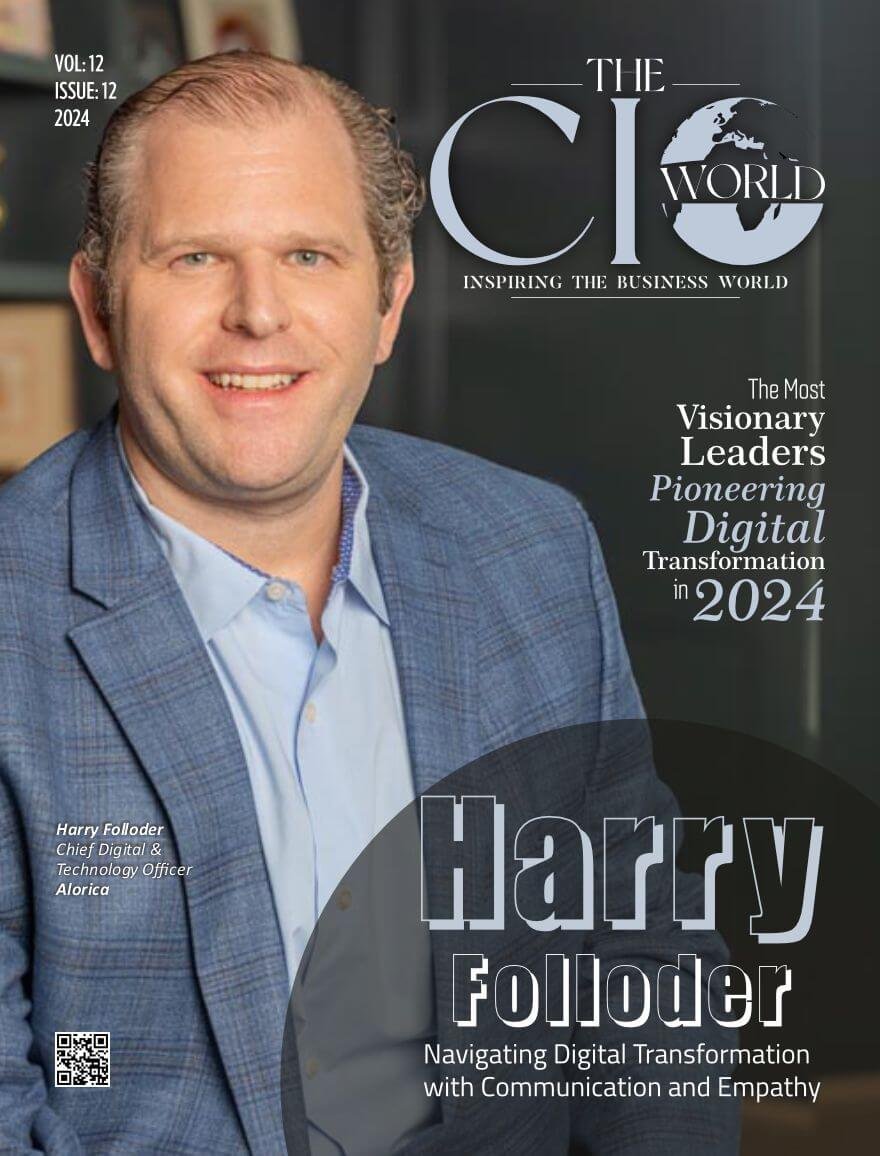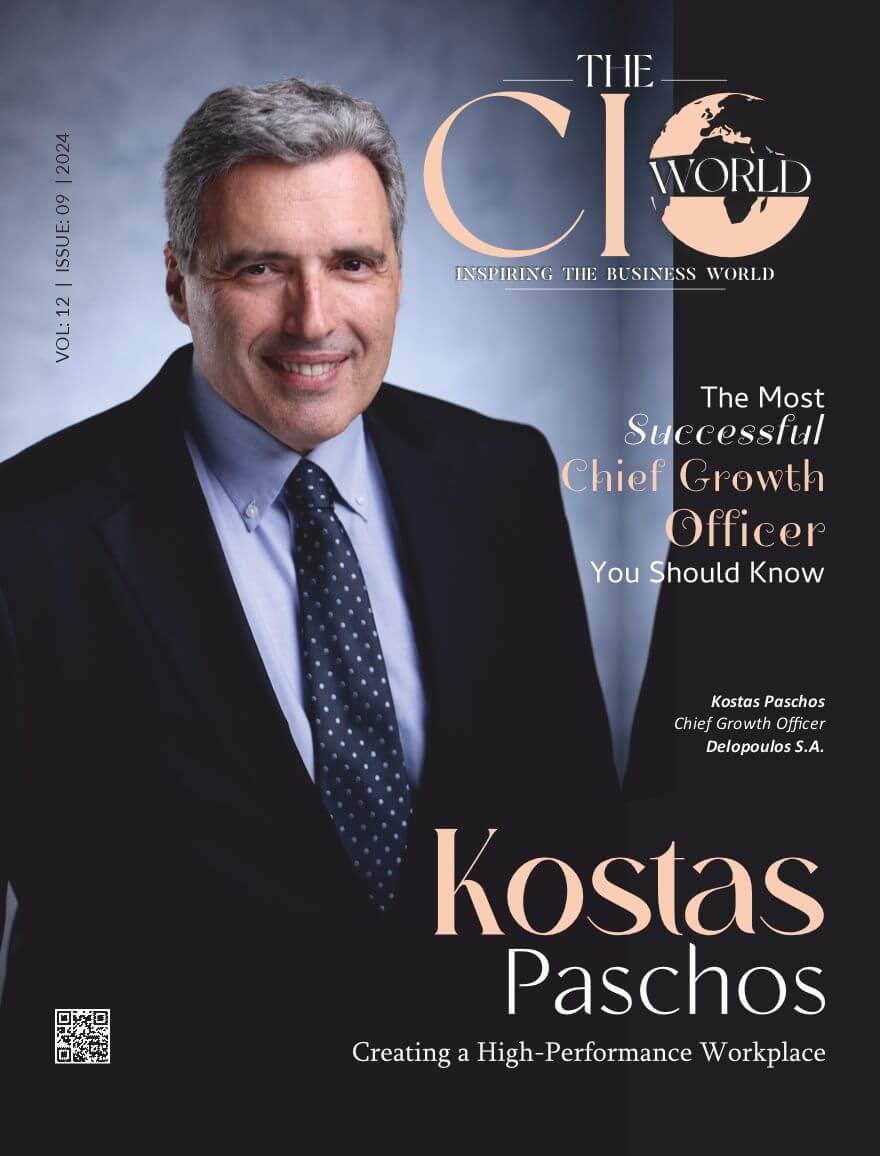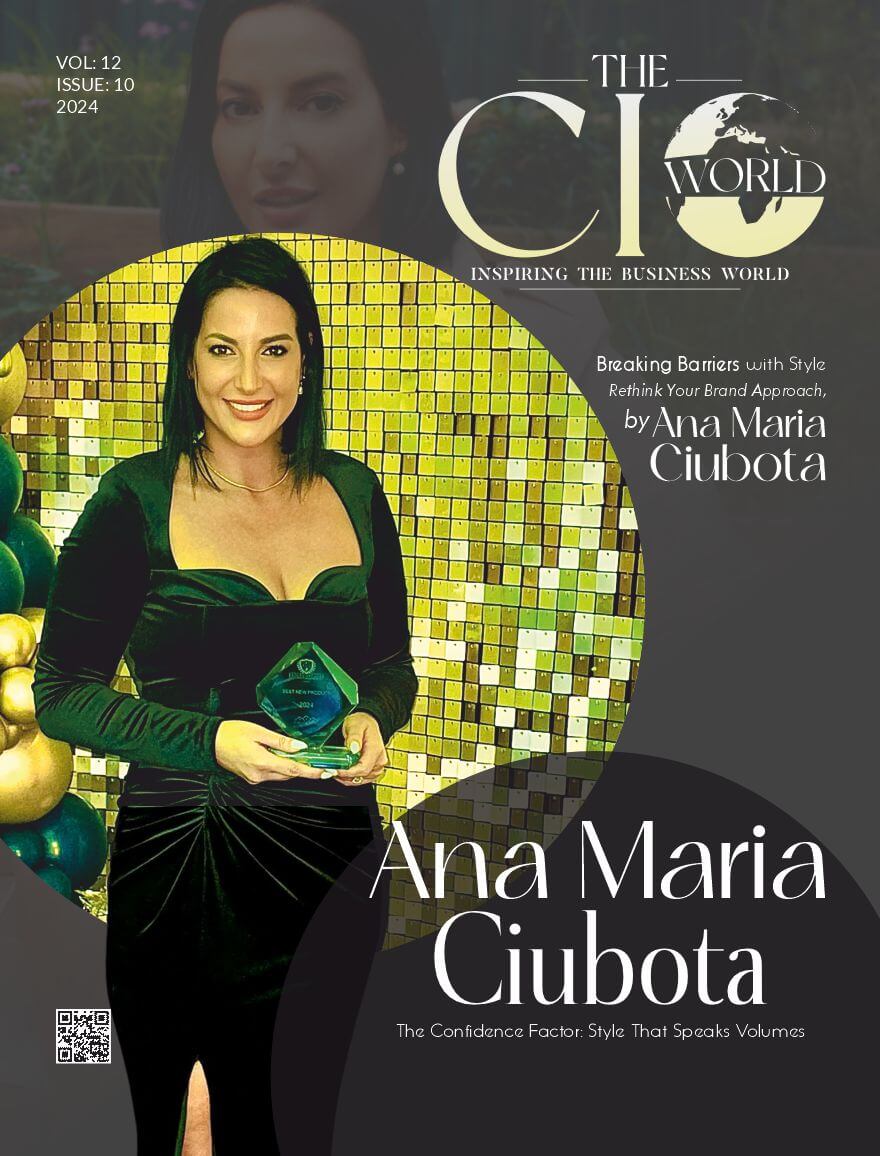The upsurge of LGBTQ+ influencers across various social media platforms has significantly transformed the scenery of representation and advocacy within the community. From YouTube to TikTok, these influencers exploit their platforms to share personal stories, educate their followers, and create a sense of community.
Historically, LGBTQ+ representation in media has been limited and often stereotypical. However, the advent of social media has provided a space for authentic voices to emerge. YouTube was one of the first platforms where LGBTQ+ influencers found a foothold.
Creators gained popularity by sharing their coming-out stories, lifestyle content, and advocacy for LGBTQ+ rights. Their success paved the way for a new generation of influencers, who now thrive on platforms like TikTok, Instagram, and Twitter.
YouTube remains a significant platform for LGBTQ+ influencers. It allows for long-form content, which is ideal for storytelling and in-depth discussions. Influencers have leveraged their platforms to discuss important issues like gender identity and representation.
Their coming-out video, which garnered millions of views, not only showcased her makeup skills but also served as a powerful message of acceptance and bravery.
Other notable YouTube influencers know that their ability to create detailed content allows them to engage deeply with their audience and neglect a strong sense of community and support.
TikTok has quickly become a dominant platform for LGBTQ+ influencers, particularly among younger audiences. The platform’s short-form video format encourages creativity and spontaneity, allowing influencers to connect with followers in a more personal and relatable way.
Influencers approach not only entertains but also educates viewers about transgender experiences, developing identification and understanding.
Many LGBTQ+ influencers use their platforms not just for entertainment but also for advocacy and education. This blend of advocacy and personal storytelling is crucial in combating stereotypes and misinformation about the LGBTQ+ community.
Influencers like Blair Imani, a bisexual Muslim activist, highlight intersectionality within the community, addressing issues of race, gender, and sexuality in their content. By doing so, they create a more nuanced understanding of the diverse experiences within the LGBTQ+ spectrum.
Social media platforms have enabled LGBTQ+ influencers to build vibrant communities. Through live streams, Q&A sessions, and interactive content, influencers foster a sense of belonging among their followers.
This is particularly important for LGBTQ+ youth, who may feel isolated in their experiences. For example, the Australian comedic duo Hannah-Rae Meegan and Monique Terry create content that centers around queer joy and self-expression, providing a refreshing counter-narrative to the often-negative portrayals of LGBTQ+ lives in mainstream media.
Moreover, the collaborative nature of platforms like TikTok allows influencers to support one another, creating a network of allies and advocates. This solidarity is vital to amplifying voices within the community and promoting a culture of acceptance and love.
Despite the positive impact of LGBTQ+ influencers, challenges remain. Many face backlash and discrimination, particularly when discussing sensitive topics related to gender identity and sexual orientation.
The upsurge of cancel culture and online harassment can create a hostile environment for influencers who dare to speak out. However, many continue to persevere, using their platforms to advocate for change and educate their followers.
Additionally, the commercialization of LGBTQ+ content has sparked debates about authenticity. As brands increasingly seek to partner with LGBTQ+ influencers for marketing purposes, questions arise about the potential dilution of genuine advocacy in favor of profit. Influencers must navigate this site carefully, ensuring that their message remains authentic and true to their values.
The diverse platforms of LGBTQ+ influencers, from YouTube to TikTok, play a key role in shaping the narrative around LGBTQ+ identities and experiences. Through storytelling, education, and advocacy, these influencers foster community, promote acceptance, and challenge stereotypes.
As social media continues to evolve, the impact of LGBTQ+ influencers will undoubtedly grow, paving the way for a more inclusive and understanding world. Their voices are not just important; they are essential in the ongoing fight for equality and representation.

